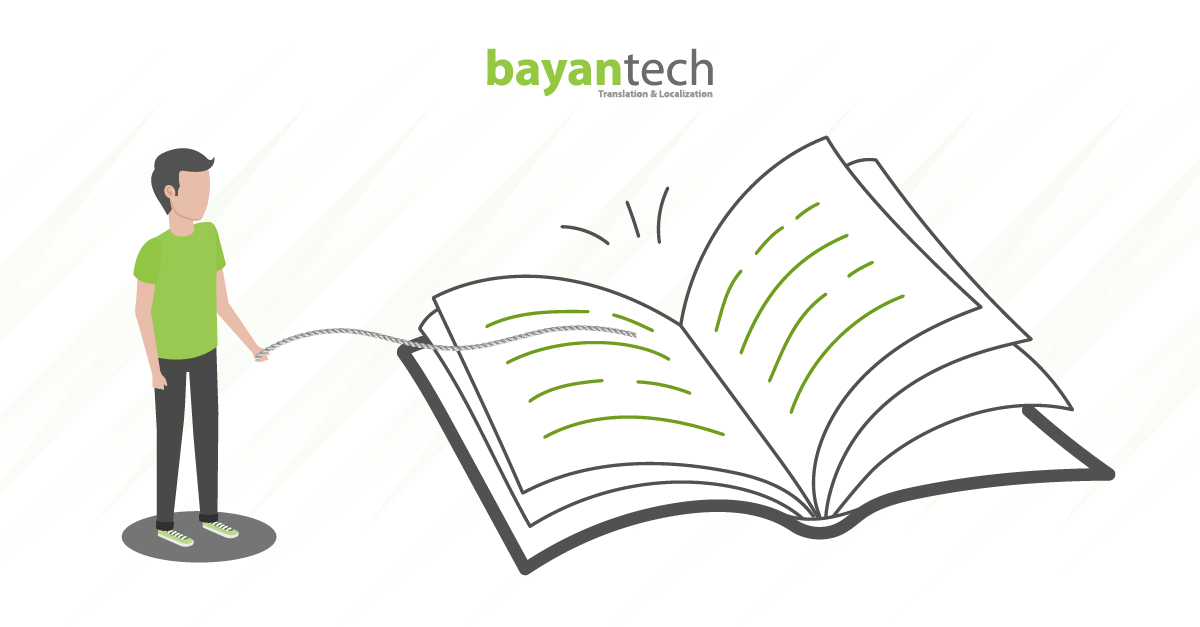Nowadays, the ability to adapt to global and diverse audiences is a key competitive advantage, shared by the most successful companies. If you wish to expand your brand to international markets, in addition to translation to speak to your foreign audiences, you will also need to put your content through a complementary component of the translation process known as Translation DTP or multilingual desktop publishing.
But DTP translation is more than just translating every bit of text in your original documents. It also involves rearranging and adapting its design layout to fit the target language’s conventions and cultural nuances, in order to make your content relevant and appealing in the eyes of your new markets.
Without further ado, let’s uncover some best practices for professional DTP, and the criteria according to which DTP translation rates are determined. Let’s begin.
Quick Recap: What Is Desktop Publishing?
To start with, let’s recap what Desktop Publishing Services are about.
DTP is known as the process by which documents, such as brochures, newsletters, and books, are designed. This process involves combining text and images into a harmonic layout, so the document can fulfill its intended goal.
The term “desktop publishing” directly alludes to the fact that the software implemented in this process was developed for desktop computers. In a sense, the term is a gem from a bygone era, in which this software’s convenience, accessibility, and ease of use were new and noteworthy.
Despite the beginner-friendly learning curves of most DTP software, producing effective documents is still the job of DTP specialists. Especially in the context of translation services.
In addition, as you already know, every language has its own set of rules and characteristics. For instance, the number of characters needed to express something in English will be different from the number of characters needed to say the same thing in German; the German text is highly likely to take up more space. Consequently, when translating from English to German, the original layout and the final product will differ significantly.
Besides, other aspects differ from one culture to another, such as the format in which addresses are written, calendars, and so on. Text direction will also make a difference. In the case of English-Arabic Desktop Publishing, for instance, everything has to be mirrored.
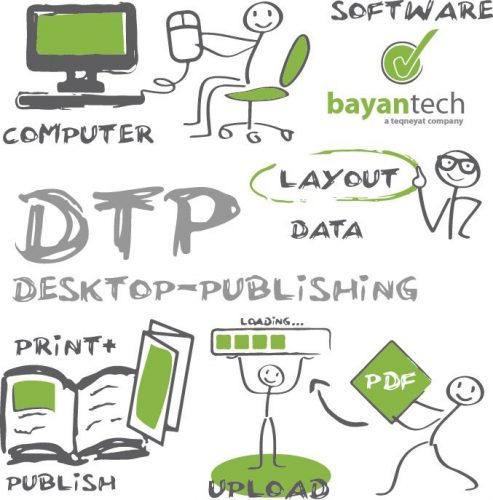
How Much Do DTP Services Cost?
If you want the most accurate estimates for your next DTP project. Fill up this form and you’ll get an estimate for how much the project is likely to cost, within a few minutes.
7 Best Practices to Speed up Your Project
High quality desktop publishing involves multiple steps and multiple teams. In this section, we will explain some of its best practices, and share some major tips that you as a client can implement to save a lot of time and lower your DTP translation rates.
1. Plan Ahead
Arrange every preference and demand with your project managers before getting started; don’t improvise. If you constantly request changes while they are working on your project, that will just result in delays and a big waste of time and money.

2. Provide References
Transmitting graphic design ideas through words can be hard. To ensure fluent communication, we always recommend passing on illustrative references, like brand guidelines, work from competitors and industry leaders, etcetera. These resources will help your desktop publisher/designer to get a clearer idea of your standards and expectations.
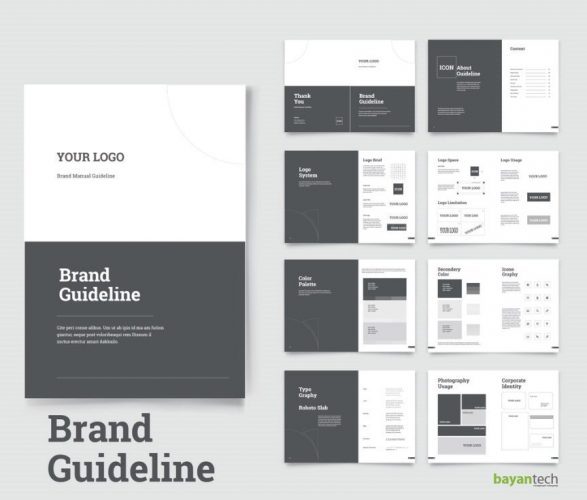
3. Send the Original Files
If you want to make use of your own graphics such as a logo, please provide the original documents. Recreating a design from a business card or a screenshot is arduous work, and it is not really worth your money.
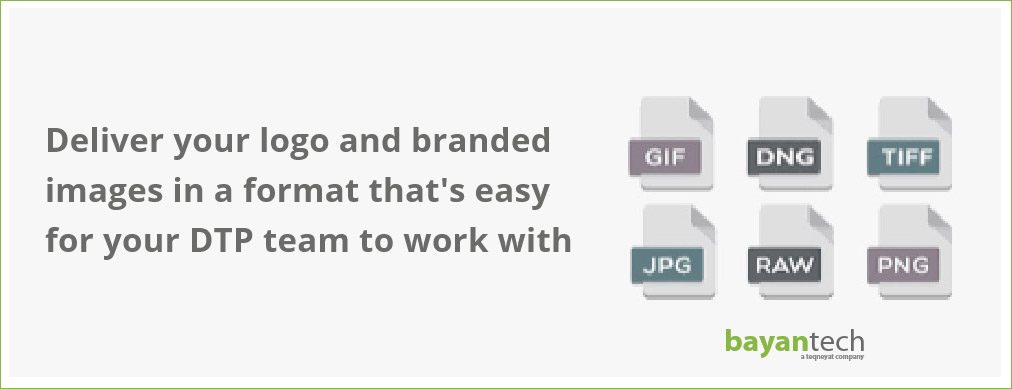
If someone designs anything for your brand, ask them to send the final file in a commonly used format, and store it in a place where it is safe and easy to find. For example, your logo should be available in PNG and AI/EPS, at the very least.
Multilingual DTP Best Practices Cheat Sheet
Pitching multilingual DTP within your company?
Our multilingual DTP cheat sheet is the tool for you.
4. Work with Experts
While working on a project, some mistakes can occur along the way, they are part of every process. However, if they occur on a constant basis, they will only lead to delays and dissatisfaction. This is where experience plays a defining role.
Top, qualified professionals know every trick of the book, hence they can provide effective results in exceptional turnaround times. In other words, they can help reach your goals without a hitch. For instance, at bayantech, we work with high-quality, cutting-edge DTP tools to make sure every document is flawless.
A world-class translation & DTP company will probably work with higher budgets than random freelancers from job boards. Working with a top company might mean paying DTP translation rates that are a bit higher than those of individual freelancers, but it makes a lot of sense financially, especially, when you account for quality, predictability, and reliability.
Sign up to our newsletter to receive the latest blogs and news.
5. Be Flexible
Consider your desktop publisher’s feedback, and give him or her the freedom to do changes.
As you go, you can either accept or veto the suggestions, but keep in mind that they’re experts in what they do. Your translation company’s DTP specialists have the expertise to know what things can add value to your project and make it excel.

6. Proofreading Is Key
Bring in skilled people to check that your product is easy to follow through, ergo proofreaders -if they are native speakers, that’s even better. And just after their final look, print and/or release your content.
A competitive translation agency will probably provide proofreading services as part of their proposal. Forgoing proofreading and editing isn’t the best way to cut DTP translation rates, as it would entail doing without a key instance of quality assurance.

7. Test your Printing
Screens and inks work in different ways. The colors that you might see on a computer screen are not the ones that will necessarily be reflected on a piece of paper.
Therefore, if your new documents are destined for print, print a few sample copies, check the results, and make adjustments as needed. After that is done, feel free to print in big volumes.
Printing services are rarely included in DTP translation rates. Translating and adapting your documents so they can be enjoyed by a new target audience is within the domain of a translation company, but printing rarely is.
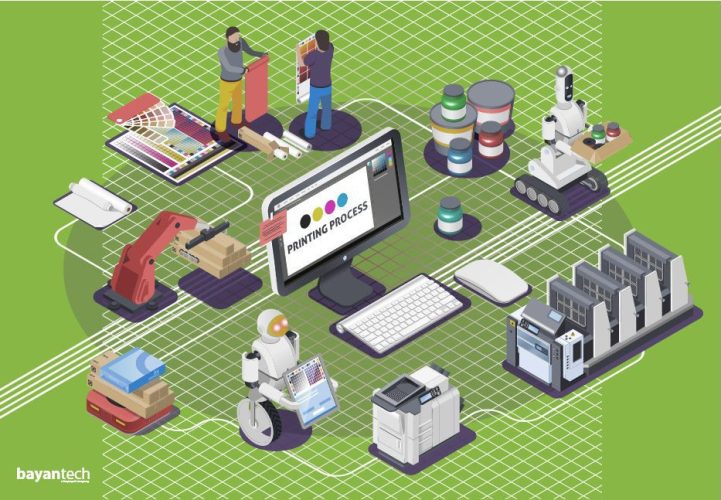
How DTP Translation Rates are Determined
Conventional translation has some standard units, like number of words (A.K.A. word rate), as guidance to calculate costs.
But, when it comes to multilingual DTP, beyond the editing and translating aspects, graphic design and information architecture are also included. This combo brings a whole new level of complexity to the table, and consequently, a new set of criteria to rate the service.
Here are 3 fundamental aspects of your project that will affect your DTP translation rates:
1. Target Language
Each language presents different challenges. And when it comes to DTP translation services, this fact plays an important role in the final rate.
Whereas Western European languages tend to be the easiest to handle, the trickiest are the ones that are not Latin-alphabet based. Arabic, Japanese, and Russian are just a few examples.
So, the first challenge is the scripts these languages use, as they are quite complex and often work under a unique logic. Besides, most of these languages are not written from left to right, some go from right to left, and others from up to down.
Keeping this in mind, it takes a lot more effort to rearrange a page layout to make a translated document work for Japanese, than it might do for Spanish. Consequently, your DTP translation rates may vary depending on your language pair.
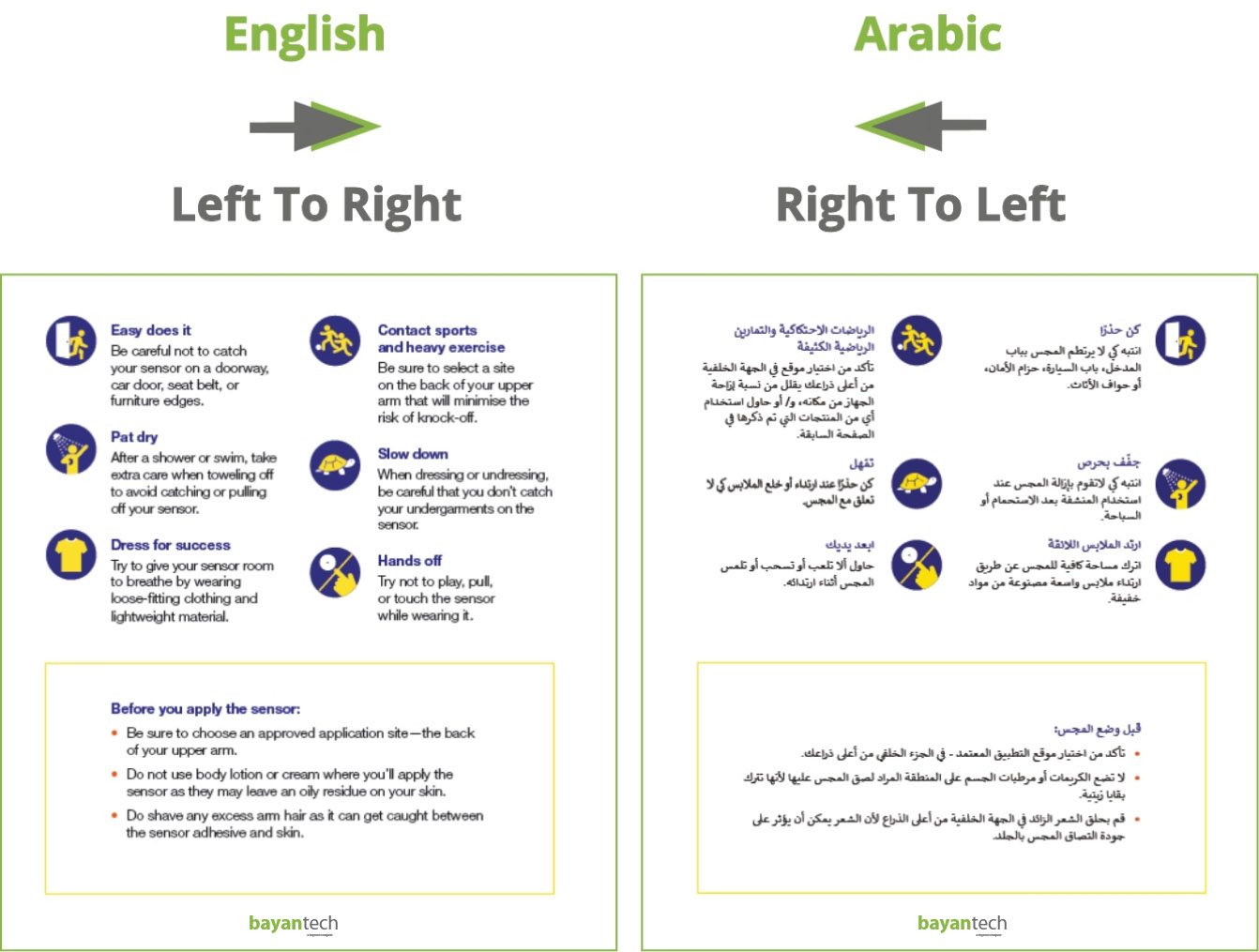
2. Number of Pages
As you already know, DTP involves graphic design, which involves columns, grids, graphs, tables, illustrations, and so on. Thus, each kind of project will have its own demands for this department. For instance, a newspaper will have simpler illustrative standards than a magazine, even though they both might have the same amount of pages.
So, given this fact, the number of pages of a document is not truly a measurable scale through which we can determine whether a project will take more or less work to get done.
In fact, DTP translation rates per page are relatively reasonable for long documents with very few images.
3. Hourly Rate
But what happens when documents have lots of graphs and illustrations? Well, as we already said, adapting images takes harder work than texts. Plus, each image has its own complexity.
However, charging per image would not only cost a fortune, but it would also be unfair. Therefore, in these cases, we strongly recommend hourly rates, as it’s the fairest method to guarantee a cost-effective job.
To conclude, we could state that in order to determine which criteria is most suitable for your documents, a meticulous analysis of every facet of them is mandatory. By doing so, we can tell which rate structure is most convenient, not only for you as a client, but also for your translation company.
Work With a Professional DTP Translation Agency
Professional desktop publishing implements cutting-edge tools, high industry standards and expert teams to create documents that serve a specific strategic purpose, with a good balance between content and aesthetics.
If you intend to expand your brand by reaching international markets, you will have to take a further step, multilingual desktop publishing.
Even though the source information is already produced and set during the translation process, adapting, and rearranging it to fit your new target (the DTP process) is not a simple task. And it should only be left in the hands of reliable and experienced translation companies.
Lucky for you, you don’t have to go through these challenges all alone. At bayantech, we are more than happy to guide you through the process.
We are a translation company with almost two decades of experience. Our team of DTP specialists is made up of highly skilled translators, designers, and engineers who can help you reach your goals. In addition, we work with the best cutting-edge technologies that speed up our processes and keep our DTP translation rates competitive.
Having successfully worked with multiple renowned brands from the MENA region and beyond, we can assure you that no matter the language or challenge, we have an efficient solution that will fit your timing and budget.







